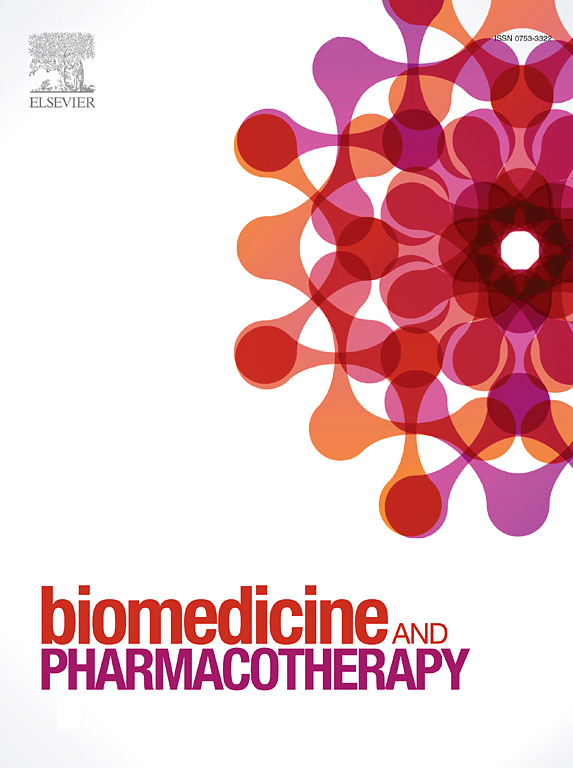用于给药和靶向治疗系统的刺激响应金纳米棒的研究进展
IF 6.9
2区 医学
Q1 MEDICINE, RESEARCH & EXPERIMENTAL
引用次数: 0
摘要
近年来,金纳米棒(AuNRs)因其独特的光学和物理化学特性,在生物医学应用中备受关注。在靶向治疗、成像和给药领域,金纳米棒被认为是利用磁场、pH 值、温度和光等各种刺激先进治疗疾病的潜在工具。它们的生物相容性和可调等离子特性使其成为一系列生物医学应用的多功能平台。内源性刺激对特定部位的药物输送控制有限,而外源性刺激尽管在特定目标释放药物时有一定的穿透深度,但仍是一种更受欢迎的方法。双/多刺激响应型 AuNT 可由多种刺激触发,从而增强生物医学应用中的控制和特异性。本综述概述了刺激响应型 AuNRs 的生物医学应用,包括其内源性和外源性特性,以及其双重/多功能性和临床递送潜力。本综述全面回顾了 AuNRs 在提高疗效和有效控制药物释放方面的应用,重点介绍了近年来 AuNRs 的设计策略,并讨论了 AuNRs 领域迄今为止的优势或挑战。最后,我们探讨了生物集成纳米组件(CTBNs)在这一领域的临床应用。本文章由计算机程序翻译,如有差异,请以英文原文为准。
Advances in stimuli-responsive gold nanorods for drug-delivery and targeted therapy systems
In recent years, the use of gold nanorods (AuNRs) has garnered considerable attention in biomedical applications due to their unique optical and physicochemical properties. They have been considered as potential tools for the advanced treatment of diseases by various stimuli such as magnetic fields, pH, temperature and light in the fields of targeted therapy, imaging and drug delivery. Their biocompatibility and tunable plasmonic properties make them a versatile platform for a range of biomedical applications. While endogenous stimuli have limited cargo delivery control at specific sites, exogenous stimuli are a more favored approach despite their circumscribed penetration depth for releasing the cargo at the specific target. Dual/multi-stimuli responsive AuNTs can be triggered by multiple stimuli for enhanced control and specificity in biomedical applications. This review provides to provide a summary of the biomedical applications of stimuli-responsive AuNRs, including their endogenous and exogenous properties, as well as their dual/multi-functionality and potential for clinical delivery. This review provides a comprehensive review on the improvement of therapeutic efficacy and the effective control of drug release with AuNRs, highlights AuNRs design strategies in recent years, discusses the advantages or challenges so far in the field of AuNRs. Finally, we have addressed the clinical translation bio-integrated nanoassemblies (CTBNs) in this field.
求助全文
通过发布文献求助,成功后即可免费获取论文全文。
去求助
来源期刊
CiteScore
11.90
自引率
2.70%
发文量
1621
审稿时长
48 days
期刊介绍:
Biomedicine & Pharmacotherapy stands as a multidisciplinary journal, presenting a spectrum of original research reports, reviews, and communications in the realms of clinical and basic medicine, as well as pharmacology. The journal spans various fields, including Cancer, Nutriceutics, Neurodegenerative, Cardiac, and Infectious Diseases.

 求助内容:
求助内容: 应助结果提醒方式:
应助结果提醒方式:


